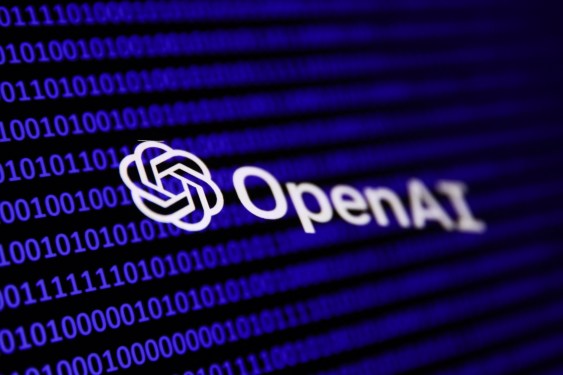OpenAI Unveils Generative Image Feature: Will It Change AI’s Role in Content Creation?

In a significant development this week, OpenAI introduced a groundbreaking image generator within ChatGPT, marking a pivotal shift in AI’s creative capabilities. This feature, which has rapidly gained attention for its ability to produce stunning visuals akin to those seen in Studio Ghibli films, elevates ChatGPT’s functionality. The latest iteration, termed GPT-4o, boasts enhancements not only in image creation but also in editing, text rendering, and spatial representation.
One noteworthy aspect of this update is OpenAI’s revised stance on content moderation. The organization now permits ChatGPT to generate images depicting public figures and controversial symbols, a sharp departure from its previous policy of rejecting potentially harmful requests. According to Joanne Jang, the lead for model behavior at OpenAI, the company aims to adopt a more nuanced approach, transitioning from blanket refusals to a tailored strategy focused on mitigating real-world harm. “We are committed to embracing humility by recognizing the unknowns in our domain and adapting as we learn,” Jang stated in a recent blog post.
This policy evolution appears to coincide with OpenAI’s broader objective of ‘uncensoring’ ChatGPT. The company previously indicated a desire to allow the model greater freedom in tackling diverse topics and perspectives. Under the new guidelines, ChatGPT is capable of rendering and altering images of notable figures such as Donald Trump and Elon Musk, which were previously restricted due to sensitivity concerns. Users also have the choice to opt-out from having their likeness generated.
Moreover, OpenAI has redefined what constitutes “offensive” content. Previously lauded for its stringent guidelines, the company now allows for the generation of symbols often deemed hateful, such as swastikas, solely within educational or neutral contexts—provided there is no explicit endorsement of extremist views. Test runs of the new image generator indicated that it can fulfill requests focusing on physical characteristics, which were formerly dismissed as inappropriate.
In an environment where AI content moderation is under rigorous scrutiny, OpenAI’s policy changes come as part of a trend seen across the tech landscape. Other corporations have faced similar pressures regarding perceived censorship, showcasing the growing complexities surrounding AI ethics and user autonomy. Companies like Google have previously faced backlash for their content policies, further emphasizing the need for careful navigation in this rapidly evolving field.
Simultaneously, the potential implications of these shifts are significant. OpenAI’s relaxed restrictions on sensitive content may open doors for misuse, yet the organization remains firm on maintaining certain safeguards, especially regarding images of children. The technology is becoming increasingly adept at handling complex inquiries, but with such power comes responsibility.
As AI tools like ChatGPT continue to evolve, they stand on the brink of redefining creative processes across various industries. The ongoing dialogue around ethical boundaries and innovative capabilities will shape how content is produced and consumed in the future. The impact of OpenAI’s policy changes, while currently focused on enhancing popular features, may reverberate through societal norms, leading to a nuanced understanding of what AI should and should not create in the name of innovation.
With regulatory discussions burgeoning, especially under emerging political frameworks, the future landscape of AI-generated content remains uncertain. OpenAI’s recent developments, though celebrated for their creative potential, invite critical reflection on the responsibilities that accompany such technological advancements.
